Many centuries and even millennia ago, people came up with a way to create beautiful colored glass products. Multi-colored sintered glass alloys found in tombs of the times of Ancient Egypt testify to this more than once. Now this technique, the oldest of its kind, is called fusing. Translated from English, this term means heating, smelting, sintering. Russian-speaking masters of fusing name the list of techniques with the help of which they process heated glass, enclosed in some form at a temperature range of 600-900 degrees.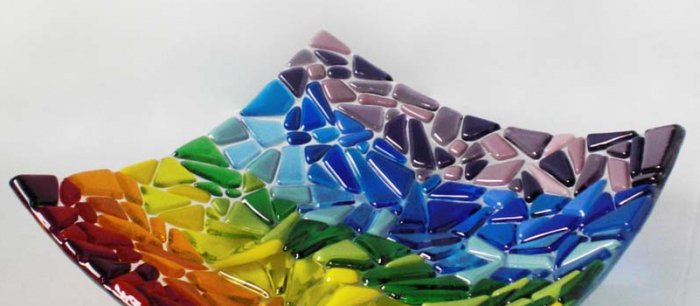
By sintering, merge two or more glass elements into a single, complete product. The fact is that upon reaching a certain temperature threshold, any material begins to melt. For glass, this limit is just 600 degrees. When the ambient temperature reaches it, the glass plates, softening, sinter together, only slightly changing their shape and location on the base.
The essence of technology
The fusing technique at first glance may seem like an extremely complicated process. In fact, it all comes down to an operation that is quite simple in its essence and includes several stages. To accomplish this, a glass base is required, on which colored pieces of different sizes depicting the future pattern are superimposed. As soon as the stage of composing the composition ends, the glass is sent to a special furnace, where it is gradually heated up to an average of 800 degrees and, being melted, is sintered into a single image.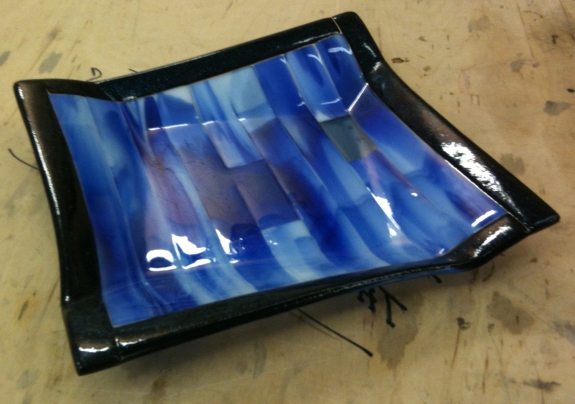
This process is quite long and time consuming. However, the result is worth the effort: beautiful stained glass windows are obtained in various shapes, textures and thicknesses.
Features of fusing. Its difference from the standard stained glass technique
In general, these two techniques are quite similar to each other. Their result is a vivid composition, which is colored glass. These technologies are related. Fusing can even be called a kind of stained glass technology. The difference lies in the fact that in the traditional stained glass window the color borders marked by metal elements are clearly visible. Smooth, gradual transitions of shades are impossible for this technique. It is a matter of fusing, in which soft, barely noticeable borders of colors make the image more pleasing to the eye and natural in appearance.
Where can I use products made in this technique?
The most common application that fusing found at home is to use the resulting stained-glass windows as decorating elements of the interior. Such a stained-glass window can also act as a zoning screen or partition, and as a tabletop, mirror element, panel, a bright insert in a window or door. Their appearance is aesthetic and attractive, which fully justifies the popularity of glass stained-glass windows. They are ideal in rooms made in such styles as high-tech and postmodernism.
Types of Fusing
To date, the flat sintering technique is in greatest demand. It is the simplest in its execution, but its result looks no less impressive than other methods. It is ideal for creating stained glass, as well as the basis for more complex bulk products.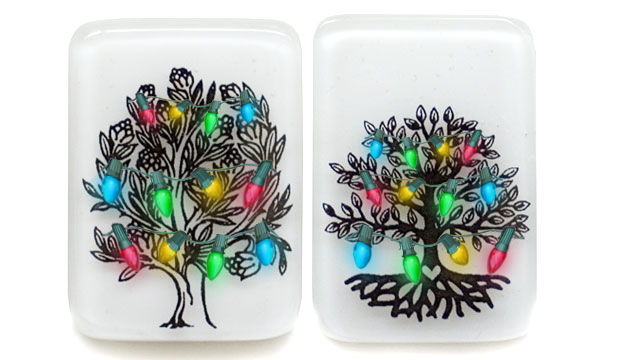
Despite the apparent elementary nature, planar sintering requires strict observance of all the rules of execution, starting from the choice of glass plates.
As for the more complex operations, involving the baking of the glass and shaping it, including such subtechnics as:
- "Fire polishing." Therefore, the name of the product is placed in the fusing furnace, the edges of which need to be rounded somewhat, and give the whole form smoothness and luster. Having achieved the desired result, the work is taken out, avoiding thorough melting.
- Combined combing. A feature of the technique lies in the fact that the product that did not have time to cool down after thermal exposure is modified manually using a special tool.
- "Bending". This is a re-melting technique. The finished product, already fused once, is placed in the oven with the aim of softening and giving a certain, pre-cooked form. In this way, you can make, for example, a beautiful glass bowl.
Fusing at home
After mentioning the tools and equipment necessary for the manufacture of works in this technique, it may naturally seem that procedures of this type are feasible only in special laboratory conditions. Fortunately, in addition to special complex and bulky industrial equipment, stove manufacturers also produce mini-options that are more convenient for home use.
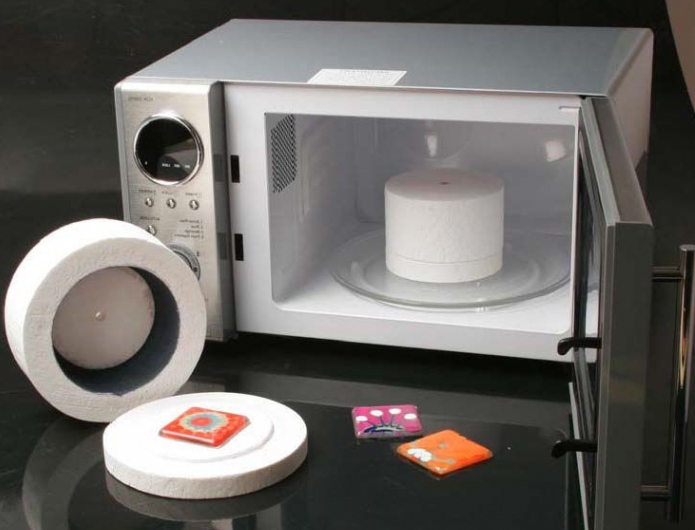
If desired, you can purchase a compact fusing furnace. It focuses on a standard power grid with a voltage of no more than 220 volts. The power of such a device is small, of the order of three kW, which, however, is quite enough for working with glass.
Other materials, including stained glass, paints and decor elements, are also available on the market in an amount convenient for home use.
If it is not possible to purchase a full oven
In case there is no possibility of installing full equipment intended for the manufacture of products in the apartment, a simplified version of the furnace is also on sale. You can purchase the necessary tools for fusing in the microwave in a specialized store, as well as from the supplier or directly from the manufacturer.
Advantages and disadvantages of a mini-oven
In such a miniature stove, it is possible to produce not only small fusing products, but also jewelry (pendants, earrings and rings). An essential advantage of this stove is that the products are heated and melted in it not for many hours, as is the case in a real furnace, but literally in a matter of minutes. It happens so thanks to the inner coating of its walls.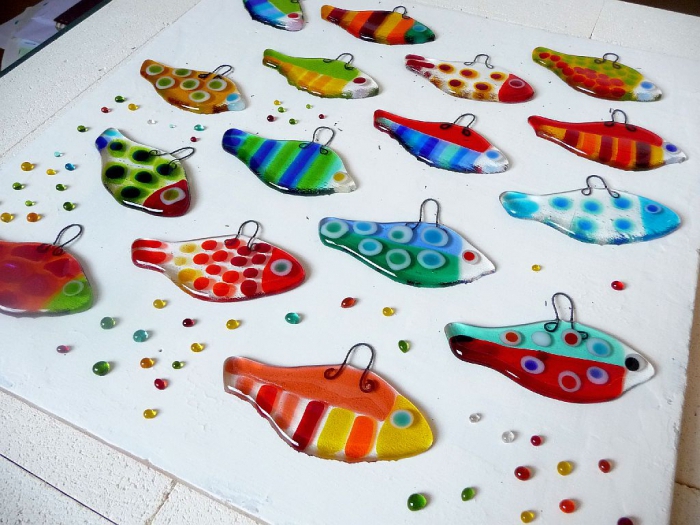
In addition, the microwave fusing technique is considered to be more harmless and safe for human health. It is perfect for an inexperienced novice and someone who aims to make small products. As for the qualities of glass that can be used in this technique, such a stove works with simple transparent samples, with opaque and other all kinds of glass. Feeling the desire to work with such material as glass, but not having the funds for an expensive stove, you can safely acquire its miniature analogue and create using the fusing technique at home.
However, the disadvantage of such equipment is the inability to create large-sized products.
Where and how to learn how to do a technique
Despite the impressive history and age of fusing, now it is only beginning to gain popularity. Therefore, every day a growing number of interested people are able to talk about how the technique is performed, to show with a concrete example, and also to tell some interesting secrets and nuances known from personal experience.
Having enlisted the help of specialists in this matter, you can easily, quickly and with pleasure learn such a curious and colorful needlework technique as fusing at home.








